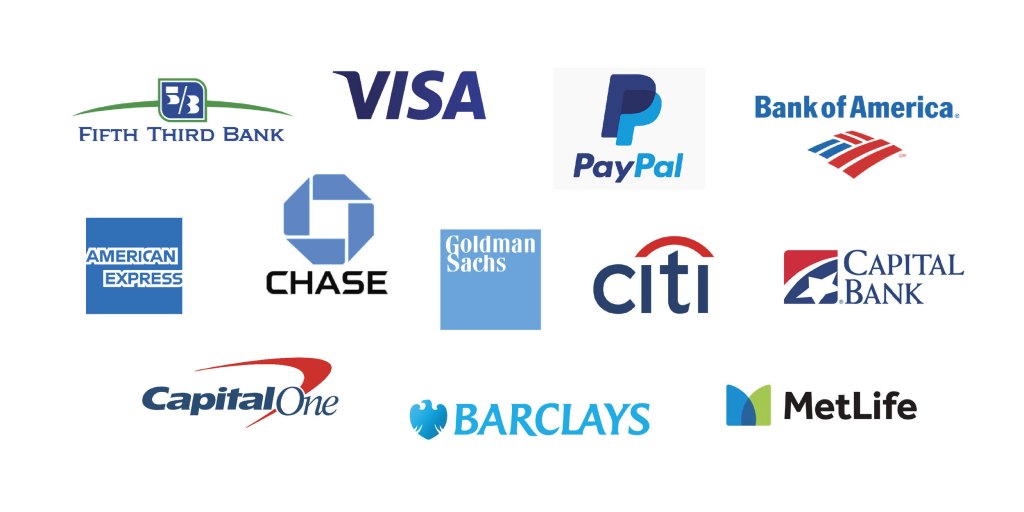From Nike’s iconic swoosh to McDonald’s golden arches, the strongest logos become instantly recognizable. For some brands, like Accenture’s high-profile $100M redesign, a logo is a huge investment, while Nike famously paid just $35 for theirs in 1971. Affordable logos like Nike’s used to be the exception, but in 2025, AI logo makers are enabling founders and entrepreneurs to create professional logos with a tight budget.
AI logo makers can now incorporate a wide range of visual styles, brand characteristics and other factors to produce a logo in just a few seconds. While graphic designers still offer more customization and creativity, it’s a slower process and requires a significant upfront investment. An AI logo maker ranges from free to tens of dollars for credits, while freelance designers charge anything from a few hundred to several thousand dollars for a logo.
However, brands shouldn’t be too quick to reject the professional route. AI isn’t here to replace anyone — it’s here to assist us. And even if you intend to use a graphic designer to build your brand’s logo, experimenting with AI logo makers can help you better articulate your vision to the designer.
Likewise, an AI logo maker could get you most of the way towards your perfect logo before you approach a graphic designer for the finishing touches. In 2025, we have a range of tools at our fingertips, and you could let AI take it all the way — and if that is your intention, here’s what you need to know.

How to Design a Memorable Logo with AI
AI is revolutionizing how we work and making it easier than ever for founders and entrepreneurs to turn their business idea into a fully-fledged brand. As the foundation for your visual identity, your logo is one of the most important brand assets. Here’s how to design it with the latest AI tools.
Understand Your Brand Identity
Your logo should be a visual representation of your brand identity: it is, in fact, a shortcut to communicating key information about your brand to your customers, and a picture is famously worth a thousand words. Your logo should incorporate key elements of your brand positioning, such as whether you’re cheeky and playful, sober and professional, or elegant and luxurious.
Key questions to answer before you can design your logo include:
- What is your brand’s style — sophisticated, cool, offbeat?
- Who are your customers, and what are they drawn to?
- What emotions do you want our logo to inspire?
Of course, before you can build your logo, you have to choose your name. This is easier said than done, so invest time and resources at this stage to find a name that’s memorable, emotionally resonant and will work for your business as you grow. Incorporate the relevant aspects of your brand positioning and validate your name with audience testing and trademark searches.

- Competitor logo trends (Source)
Research Your Competitors
With a brand name and a strong understanding of the brand identity, you must now understand what your competitors are doing. Your logo has two seemingly competing tasks: firstly, it must be unique and memorable, helping you stand out in a competitive market. Secondly, it should communicate key brand characteristics, some of which are likely shared with your competitors.
For example, blue logos on white backgrounds predominate in the finance world because blue is strongly associated with trust in color psychology. On a subconscious level, consumers associate these logos with confidence and security in banking, and, for a new fintech app, a logo following this pattern is a shortcut to communicating your purpose.
The key question for new brands is whether they want to follow the latest logo trends to leverage preexisting consumer understanding or to buck them for a stand-out brand identity. Your path likely depends on your overall brand strategy and whether you’re positioning yourself as an industry challenger or a steady hand.
Define Your Needs
With the background of brand identity, consumer expectation, and industry trends, you can now determine your practical needs. Most brands will require at least two versions of their logo for different purposes, so you may require both wordmarks (a graphic representation of your name), lettermarks (a graphic representation of just the first letter of your name), as well as visual icons using abstract imagery (like Pepsi’s circular logo) or image icons (such as Apple’s apple) to communicate your identity.
Consider where and when your logo will appear and the constraints of each circumstance, such as lettermarks for app icons and other uses where space is restricted. One major plus of today’s AI logo makers is that they allow for affordable experimentation, so you’ll be able to test abstract logos against logos representing real images to see what best communicates your brand identity.
Prepare Your Prompts
Armed with a profound understanding of your brand identity and the practical needs for your logo, you can now build your prompts. As powerful as AI tools are, they’re still only as good as the instructions they’re given, and like a high-performance race car, AI requires a skilled driver behind the wheel.
Effective prompting requires clear and concise language: before you describe a certain visual style, research the terminology you’re using to ensure it’s accurate. For now, in 2025, most logo makers have limited inputs, so you’ll likely need to distil your needs and brand identity into a single sentence.
Choose a Platform
With your prompts in place, it’s time to choose your platform. Most AI logo makers offer a few free credits and then require a small fee for further prompts, allowing you to experiment with several platforms to see which best suits your needs or nails your brand identity.
Look for options like additional logo formats (such as wordmarks and lettermarks) and the ability to build genuinely original icons, as some AI logo makers simply add pre-built graphics on top of your brand name. Customizability is a plus, but only if the AI gets the building blocks — including style, imagery and font — right.
Once your brand and logo are established, you can then start tracking the trading portfolio to ensure your business continues to thrive.
The best AI logo makers have an inbuilt understanding of brand identity and, with a few keywords, can create a memorable logo that captures your brand.
Our Visual World: The Centrality of Logo in Branding
Generative AI has made it easier than ever to create a professional and memorable logo in a few seconds, but that doesn’t mean you should leave your logo to the last minute. In a world that’s increasingly visual — the average American now spends over seven hours a day looking at a screen — your visual branding matters more than ever.
Research has found that we process imagery between six and sixty times faster than information encoded in language (although not 60,000x faster, as is often claimed), so a strong logo is your best chance at landing a big brand impression, whether it’s passed at 60mph on a billboard, or scrolled by at 100 swipes per second on a social media feed. These impressions add up, and a recent study found that 26% of adults say they’re more likely to trust a brand with a familiar logo, and 50% are more likely to shop with a brand whose logo they recognize.
Intelligent Design
While AI is increasingly powerful for brand-building efforts, it can’t do all the heavy lifting. Branding is all about consistency, so your name, logo, marketing and messaging must align to build a coherent picture of your brand’s unique identity. If your logo doesn’t match other brand characteristics, it won’t contribute to brand perception.
Before you build your logo and before you even name your brand, you should understand how you’ll communicate your vision to your audience. Know your brand inside out, and you’ll know the perfect logo when you see it.























Leave a comment!